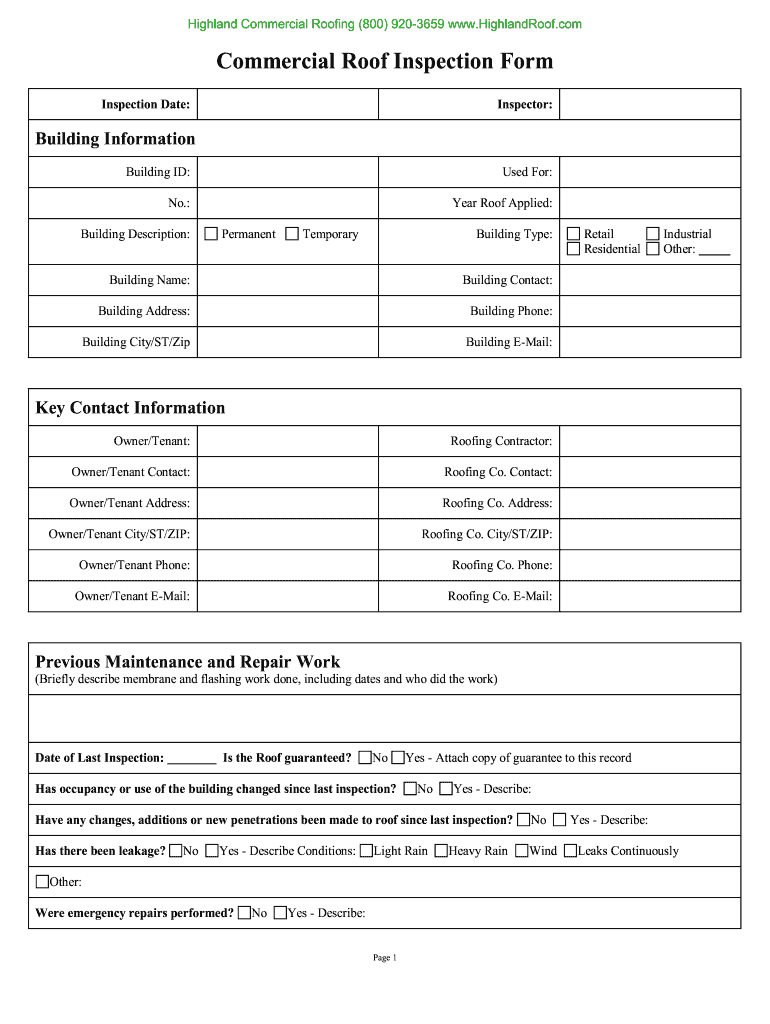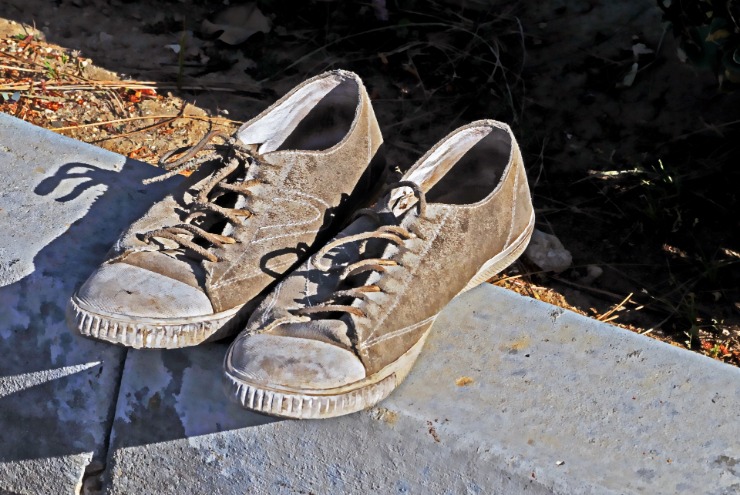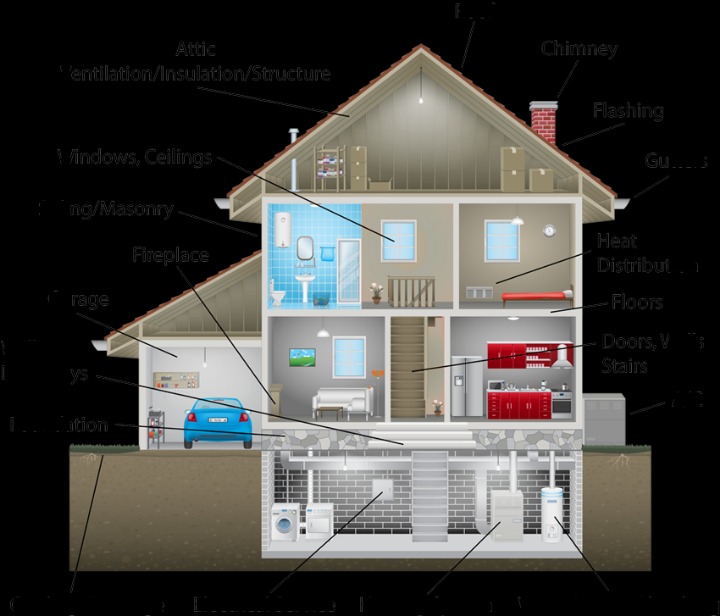Conducting a thorough roof inspection is critical for assessing the integrity and longevity of your property. However, the process can pose significant risks if proper safety measures are not in place. This article explores important guidelines to enhance roof inspection safety.
Preparation is Key
Use Appropriate Safety Gear
Before starting any roof inspection, ensure that all necessary safety equipment is readily available. This includes hard hats, non-slip footwear, harnesses, and safety goggles. Appropriate safety gear significantly reduces the risk of injury.
Check Weather Conditions
Weather can play a major role in roof inspection safety. Avoid inspections on rainy, snowy, or excessively windy days. Wet and slippery surfaces can be hazardous, increasing the chance of falls and other accidents.
Climbing and Working on the Roof
Secure Ladders Properly
The first step in a successful roof inspection is climbing the ladder safely. Ensure the ladder is stable, placed on a flat surface, and extended three feet above the edge of the roof. Have a second person steady the ladder if possible.
Move Cautiously and Deliberately
While on the roof, avoid sudden movements and take deliberate steps. It’s advisable to walk along the structural supports of the roof, as they provide better support. Always maintain three points of contact with the surface at all times.
Using Technology
Employ Drones for Risky Areas
In recent years, drones have become invaluable tools for roof inspection. They allow for a thorough examination without the need to physically access difficult or dangerous areas. Drones equipped with high-resolution cameras can capture comprehensive images, reducing the need for potentially dangerous climbs.
Leverage Thermal Imaging
Thermal imaging cameras provide another advanced method for roof inspection safety. These devices can identify heat loss and moisture leaks without invasive inspections, thus minimizing the risk associated with frequent roof visits.
Post-Inspection Procedures
Review Findings from a Safe Location
Once the inspection is complete, conduct a detailed review of all findings from a safe, ground-level location. This approach reduces unnecessary and repetitive trips to the roof, mitigating further risks.
Plan for Immediate Repairs
If issues are identified during the inspection, prompt action is crucial. Addressing minor problems quickly can prevent them from becoming significant hazards, ensuring long-term roof safety and structural integrity.
Read more about Work environment safety here.
Adhering to these guidelines will not only improve roof inspection safety but also provide a comprehensive assessment of the roof’s condition. Prioritizing safety from beginning to end ensures that the process is both efficient and secure.








